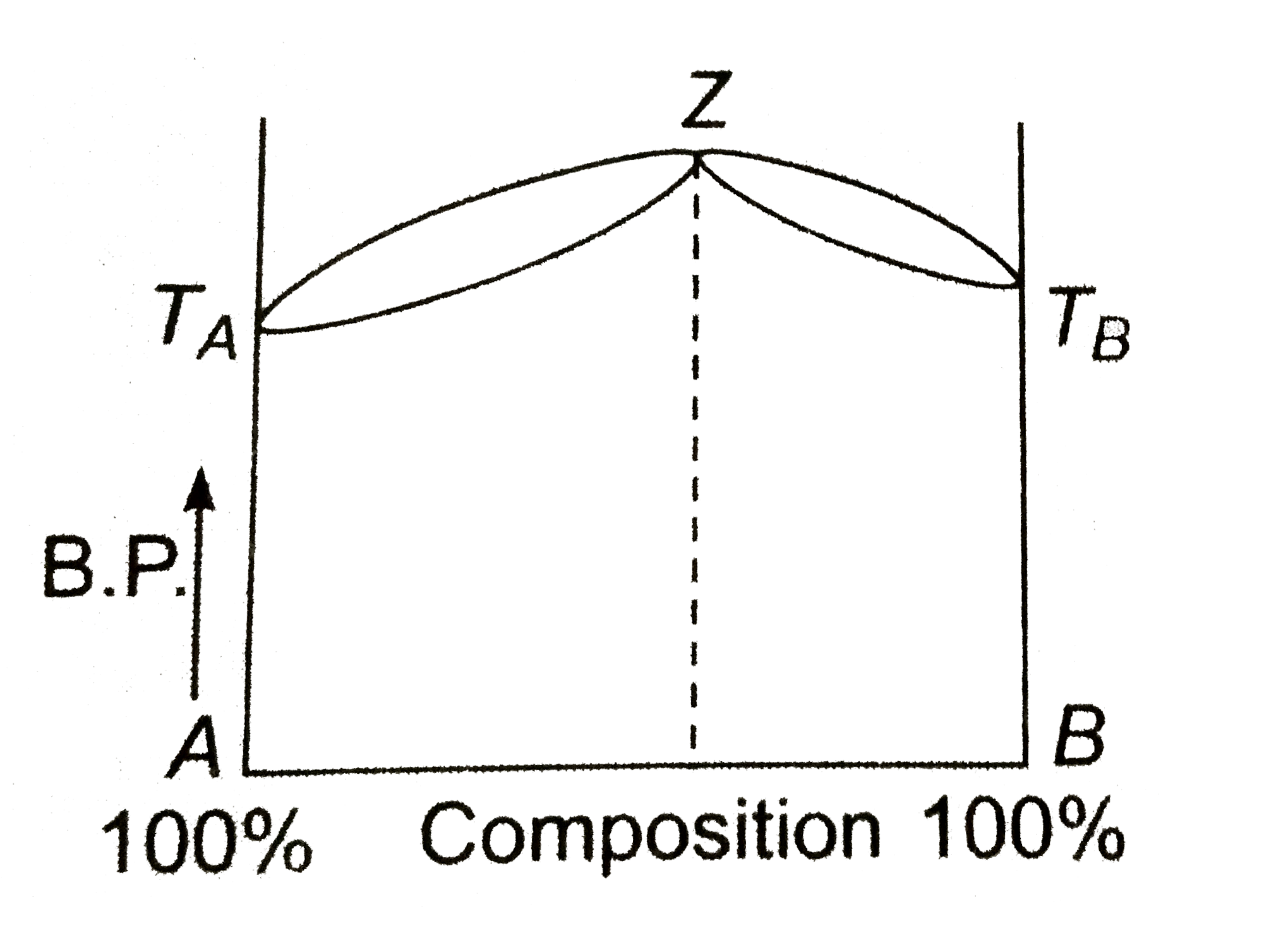A red liquid (A) when treated with sodium carbonate gives a mixture of two sails (B) and (C) in the solution In which (C) contains oxygen. The mixture then on acidification with sulphuric acid and distillation produces the red liquid (A) again.
Which of the following statement is false for salt (B)?
Its solution in water gives pale yellow precipitate with silver nitrate solution.
Its solution in water gives white precipitate with lead nitrate solution
Its acidified solution (with conc. H2SO4) liberates a coloured gas which produces orange red spots on starch paper
None
The correct Answer is:D
Step by step video, text & image solution for A red liquid (A) when treated with sodium carbonate gives a mixture of two sails (B) and (C) in the solution In which (C) contains oxygen. The mixture then on acidification with sulphuric acid and distillation produces the red liquid (A) again. Which of the following statement is false for salt (B)? by Chemistry experts to help you in doubts & scoring excellent marks in Class 12 exams.
Updated on:21/07/2023Topper's Solved these Questions
- P BLOCK ELEMENTSBOOK - RESONANCECHAPTER - P BLOCK ELEMENTSEXERCISE - Exercise 3 part-1
9 Videos
- P BLOCK ELEMENTSBOOK - RESONANCECHAPTER - P BLOCK ELEMENTSEXERCISE - Exercise 3 part-2
11 Videos
- P BLOCK ELEMENTSBOOK - RESONANCECHAPTER - P BLOCK ELEMENTSEXERCISE - Exercise 2 part-2
42 Videos
- NUCLEAR CHEMISTRYBOOK - RESONANCECHAPTER - NUCLEAR CHEMISTRYEXERCISE - STAGE-II
1 Videos
- P-BLOCK ELEMENT (BORON AND CARBON FAMILY)BOOK - RESONANCECHAPTER - P-BLOCK ELEMENT (BORON AND CARBON FAMILY)EXERCISE - PART - III : OLYMPIAD PROBLEMS (PREVIOUS YEARS) STAGE - V (INTERNATIONAL CHEMISTRY OLYMPIAD (IChO)) Problem 3
8 Videos
Similar Questions
A liquid 'A' is treated with Na2CO3 solution. A mixture of two salts 'B' and 'C' is produced in the solution. The mixture on acidification with sulphuric acid and distillation produces in the solution. The mixture on acidification with sulphuric acid and distillation produces the liqiud 'A" agin. Identify 'A','B' and 'C' and write the equations involved.
View SolutionA jar contained a mixture of two liquids A and B in the ratio 4:1 When 10 litres of the mixture was taken out and 10 litres of liquid B was poured into the jar, this ratio became 2:3 .The quantity of liquid A contained in the jar intially was :
View Solution
Knowledge Check
A red liquid (A) when treated with sodium carbonate gives a mixture of two sails (B) and (C) in the solution in which (C) contains oxygen. The mixture then on acidification with sulphuric acid and distillation produces the red liquid (A) again.
Which of the following statement is correct?A(A) Liquid (A) undergoes disproportionation reaction in aqueous solution of sodium carbonateB(B) The anion of compound (C) has sp3 hybridisation and is trigonal pyramidal in shapeC(C) (A) and (B) bothD(D) None of theseA red liquid (A) when treated with sodium carbonate gives a mixture of two sails (B) and (C) in the solution In which (C) contains oxygen. The mixture then on acidification with sulphuric acid and distillation produces the red liquid (A) again.
Select the correct statement (or the liquid (A).A(A) It acts as an oxidising agent,B(B) It is sparingly soluble in waterC(C) It converts the yellow-dye stuff fluorescein (I) into red colour compoundD(D) All of theserepresents the distillation of mixture of liquid A and liquid B which gives both of pure liquid A and B . Represents the azeotropic mixture of HNO3 and H2O which distillation gives an azeotropic mixture and either of pure liquid. We cannot separate both the pure liquid, i.e., H2O and HNO3.
Which of the following statements is/are correct?
i. HNO3 solution is not obeying the Raoult's law.
ii. More the difference in vapour pressure of pure compounds forming a mixture, easier to separate them through distillation.
iii. T2 is less than T1 because the liquid of composition Q is richer in more volatile component.
 A(ii) and (iii)B(ii)C(i) and (ii)D(i),(ii) and (iii)
A(ii) and (iii)B(ii)C(i) and (ii)D(i),(ii) and (iii)
(a). A powdered substance (A) on treatment with fusion mixture gives a green coloured compound (B).
(b). The solution of (B) The solution of (B) in boiling water on acidification with dilute H2SO4 gives a pink coloured compound (C).
View SolutionA mixture of two salts is used to prepare a solution S, which gives the following results:

The correct option(s) for the salt mixture is(are)
View SolutionA can contains a mixture of two liquids A and B in the ratio 7:5. When 9 litres of mixture are drawn off and the can is filled with B, the ratio of A and B becomes 7: 9. Litres of liquid A contained by the can initially was
View SolutionA can contains a mixture of two liquids A and B in the ratio 7:5 .When 9 litres of mixture is taken out and same amount of the Can is filled with B , the ratio of A and B , becomes 7:9 How many litres of liquid A was contained by the Can intially ?
View SolutionA liquid mixture ohaving composition corresponding to point Z in the figure shown is subjected to distillation at constant pressure. Which of the following statements is correct about the process?

View Solution
